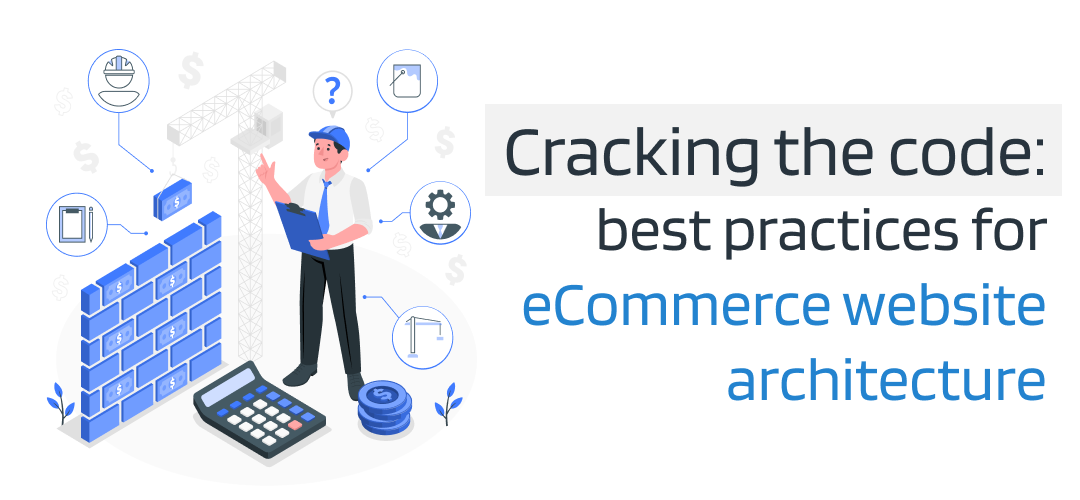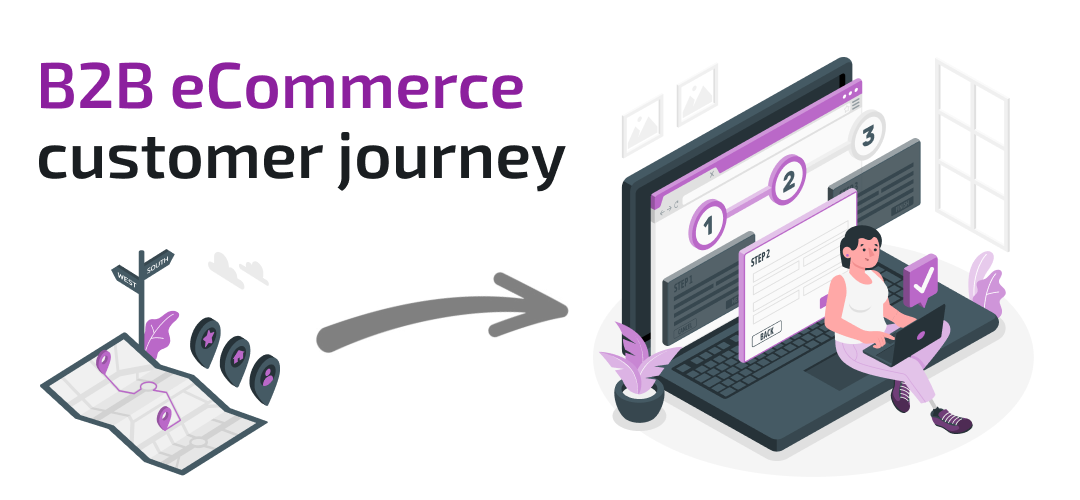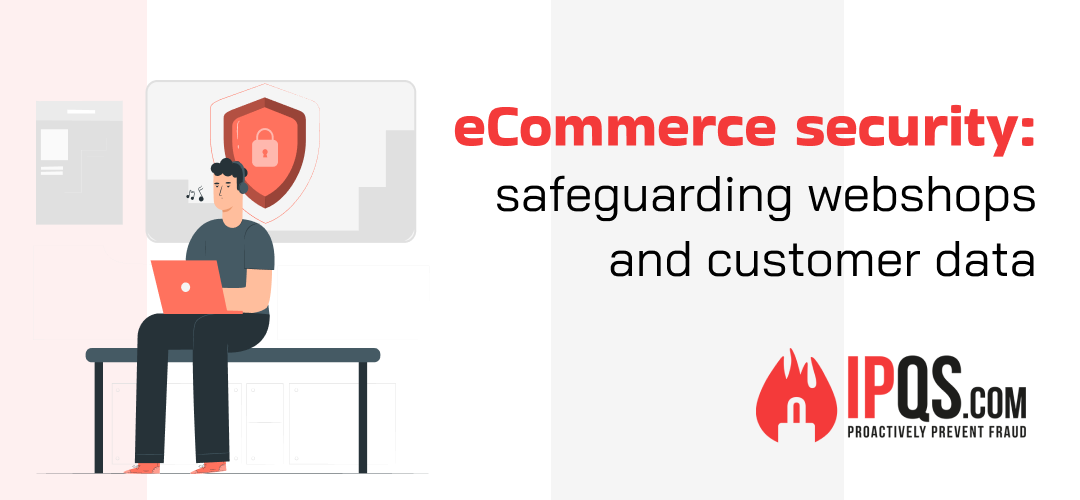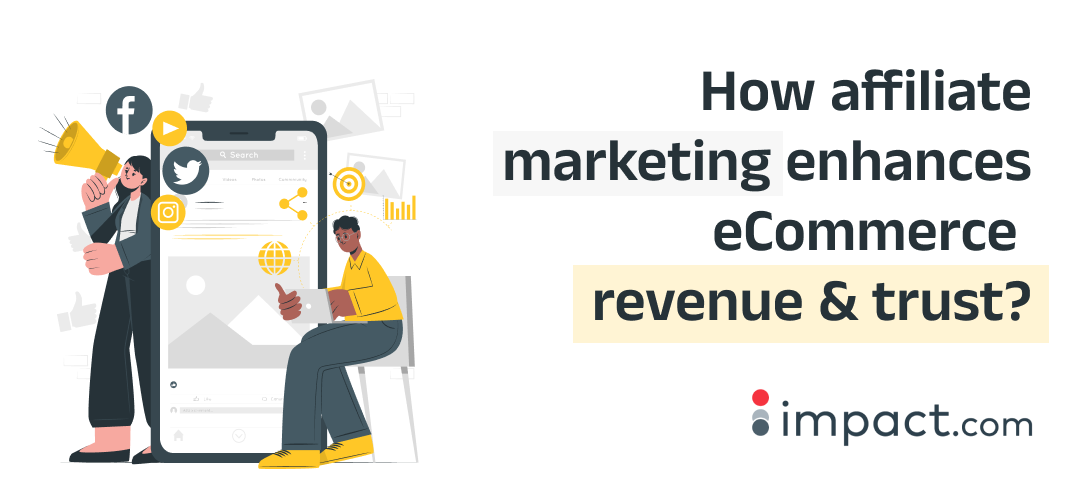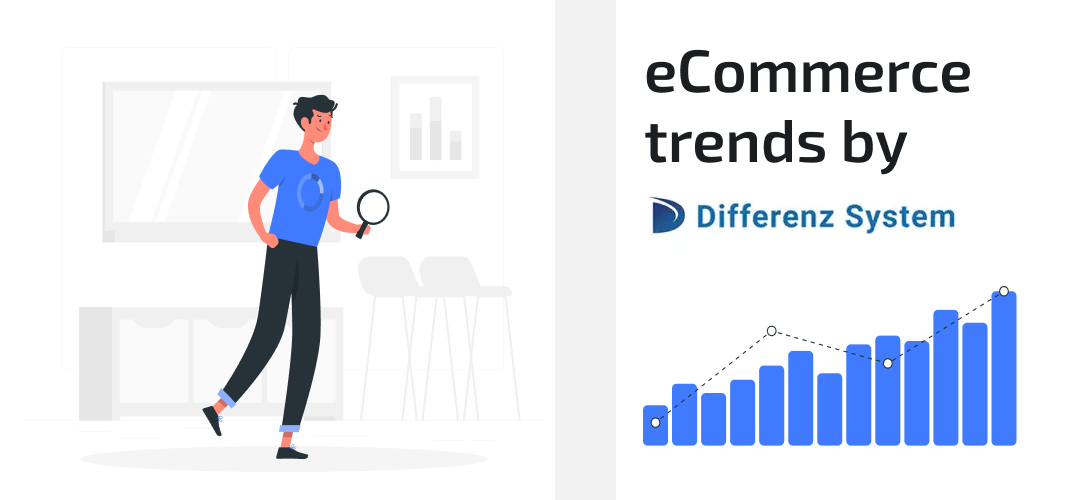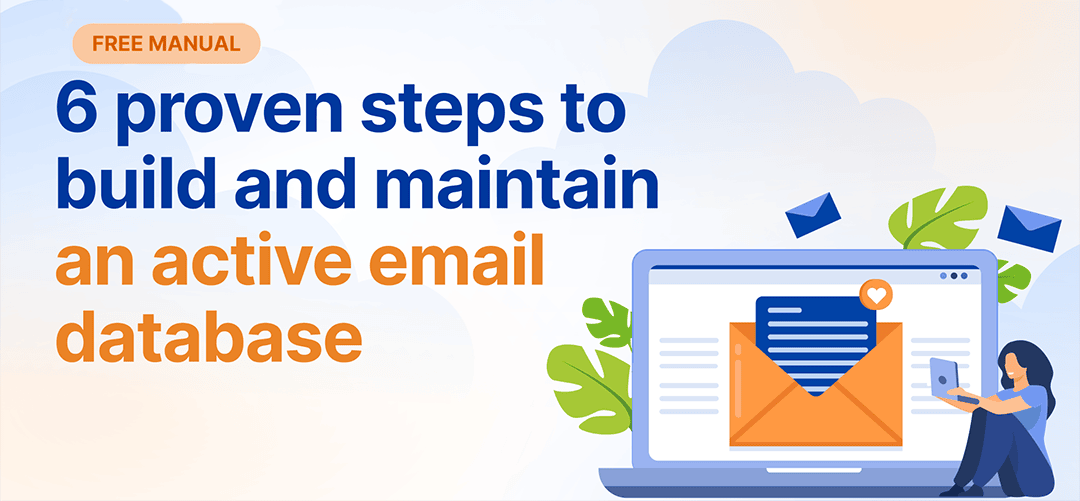
Since the birth of eCommerce giants (Amazon and eBay), online businesses are constantly seeking innovative solutions to enhance user experiences, streamline operations, and stay ahead of the competition.
In this blog post, we’ll try to shed light on AI use cases, understand the real-world impact of integrating AI into eCommerce platforms and, more specifically, how nopCommerce harnesses the potential of AI to prepare businesses for the future.
